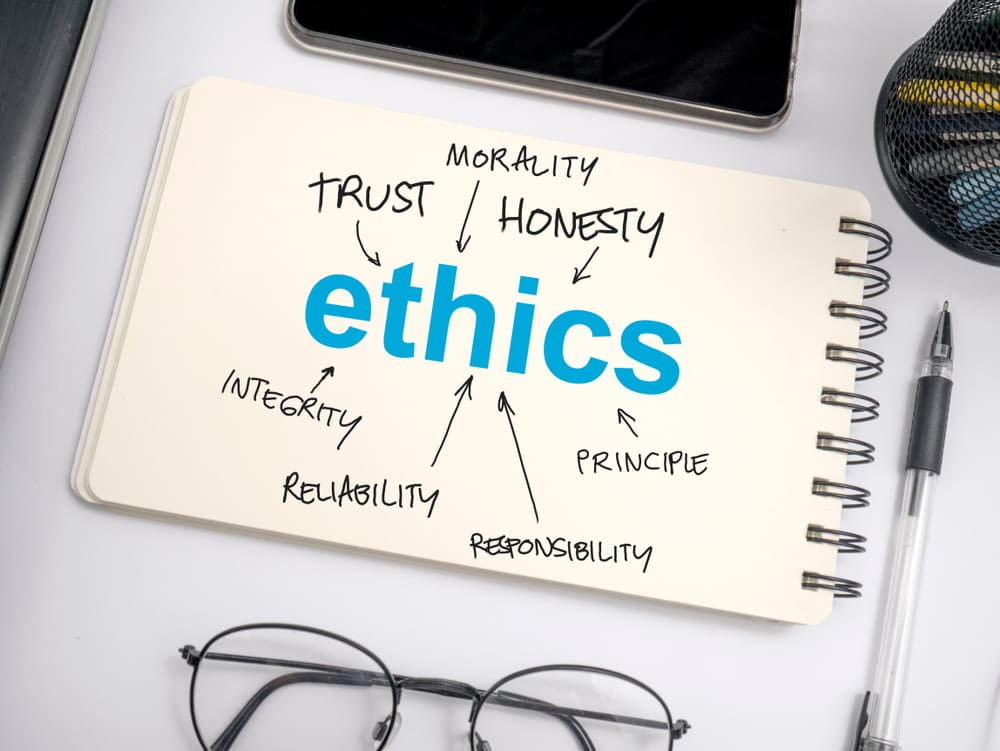Companies leave a trail of breadcrumbs when they design and implement practices that lead to an ethical culture. Jay Rosen explains how following that trail can be part of the monitoring process.
In this final part of my series on corporate culture, I will consider how ethical culture is a part of an overall ethics and compliance program assessment and how to go about it. First, let’s begin with an exploration around the areas assessed to help determine if a company has an ethical culture. We need a framework for such an assessment, and it makes sense to start with the program itself. This involves a thorough review of the organization’s compliance program; what does it look like and does it meet the foundational tenants?
Is your training both focused and effective?
We should ask questions such as whether it is educational, does it have a process for detection, and is there some type of remediation when something is found. From this baseline we can consider what the company is doing for training to educate its staff and determine whether they’re really touching on the educational elements that their staff needs. We want to know if it’s meaningful to them in their positions, so the next step it to talk to employees in the field.
Determine the alignment between the aspirations laid out in the organization’s culture with the reality on the ground. It could be as simple as whether there is training and the depth of the training. Are there detection methods in place, helplines and internal communications, and, most importantly, are people comfortable using a hotline?
Institutional fairness and culture
Institutional fairness and institutional justice are key indicia of culture. Another way to look at this is through the lens of accountability and internal enforcement. This can turn on whether there is an effective disciplinary process, if it is fair and whether it’s objective. If it does not meet these basic criteria, the compliance program probably does not fulfill its obligations, and this speaks to a low or even negative culture. This reaches to how companies may treat third parties.
Disciplinary process
Some companies have a strict disciplinary process for dealing with ethics violations. Then later you might learn the same company’s efforts to instill that type of accountability and enforcement with its third parties is meaningless. Put another way, if you have a zero-tolerance policy and allow someone to work with your organization who violates this policy, it may well negatively impact your culture. A company should review the foundational elements of culture. This would include holistic pieces around an ethical culture, including the recruiting process, performance metrics, the communications process, internal controls and, of course, an independent assessment.
If you’re talking about culture, you’re talking about people and how they perceive things, how they perceive their role and how they perceive people above them.
This means that if senior leaders are perceived as being fair, employees generally view them with greater favorability. However, if there a perception that if “you’re on the inside, you will do well in the organization and if you’re not on the inside then you don’t do well”, it is a strong statement of culture. How you treat your employees and how they see themselves within this organizational structure is a foundational element of a strong culture. This means in focus groups and interviews, one item that is important to discern is whether there is a perception of fairness, objectivity and transparency.
Paper programs
These factors are important because even if a company institutes a standard compliance program and concludes they have a great compliance program, the reality is quite different if it is merely a paper program. Your organization must determine if the compliance program is real, then endeavor to make it impactful. The DOJ would say the program must be operationalized and staff should be vested in that compliance program.
If your compliance program is like a blinking neon sign with intermittent flashy policies and procedures that companies will put in place — but it only lasts for 10 minutes — then your program is doomed to failure.
Sadly, this type of approach will not last. If an organization is going to achieve cultural change, it must be done in a manner which really touches people and it’s not just the flavor of the month kind of thing. This can only be achieved by learning about your people and discovering what is important to them.
Some suggestions to get employees involved in the compliance and ethics culture might be to have them speak up at a meeting, lead a discussion at an ethical moment, have them participate in the creation of a policy or the design of compliance training.
Accountability
The other final issue that cannot be emphasized enough is accountability. If there are serious violations of a company’s ethics policy, be it conflicts of interest or code of conduct. And if this abuse goes unpunished and everyone in the organization is knows about this non-enforcement. This diminishes all the good will and efforts that have gone into creating this program and crafting an ethical culture. If the organization does not do anything to enforce it, when something serious happens, it literally becomes a futile exercise.
Please join me next week when I begin a new 5-part series on assessing ethics and compliance in the mergers and acquisition (M&A) context.
In case you missed the earlier installments of this ongoing series, please see the links below.
Everything You Always Wanted to Know About Monitors But Were Afraid to Ask
Part 1, Part 2, Part 3, Part 4 and Part 5
Potential Issues in Corporate Monitorships
Part 1, Part 2, Part 3, Part 4 and Part 5
Suspension and Debarment in Monitoring
Part 1, Part 2, Part 3, Part 4 and Part 5
Monitoring in the Health Care Sector
Part 1, Part 2, Part 3, Part 4 and Part 5
The Basics of Corporate Culture
Part 1, Part 2, Part 3, Part 4












